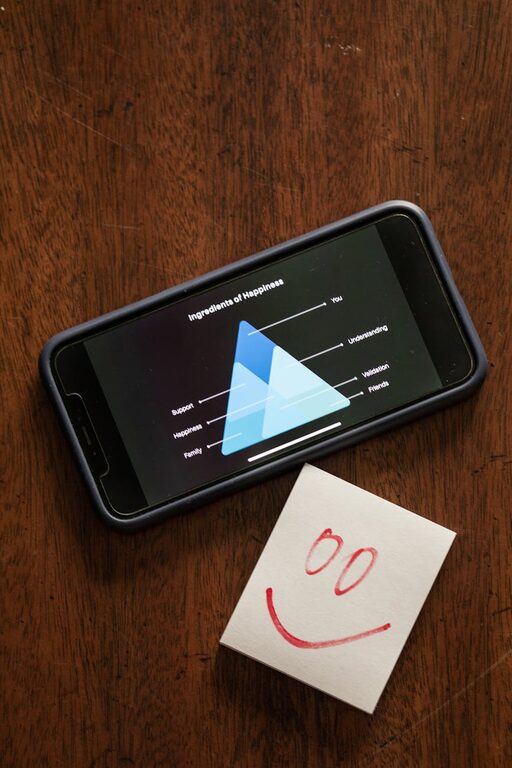In today’s digital world, notifications are a constant presence on our devices. Whether it’s a message, an app alert, or a reminder, these interruptions can disrupt our focus and increase stress. Setting clear boundaries with notifications helps regain control over your time and attention. In this post, we’ll explore effective strategies to manage notifications and maintain a healthy balance.
Why Setting Boundaries with Notifications Matters
Notifications are designed to grab your attention, but with so many competing alerts, they often become distractions. Constant interruptions can reduce productivity, increase anxiety, and even affect sleep quality. By setting boundaries, you decide when and how to receive alerts, allowing you to focus on what really matters.
Assess Your Current Notification Habits
Before making changes, take a moment to observe how notifications affect your day.
– Track frequency: How often do you get interrupted?
– Identify priority: Which notifications require immediate action?
– Recognize triggers: Are some alerts linked to unnecessary distractions?
Understanding your habits lays the foundation for setting meaningful boundaries.
Tips for Setting Boundaries with Notifications
1. Customize Notification Settings
Most devices and apps allow you to customize notifications in detail.
– Turn off non-essential alerts: Disable notifications for apps that aren’t urgent or important.
– Use silent or vibration mode: For less critical alerts, avoid sound to minimize disruption.
– Group notifications: Some platforms group alerts together, reducing the frequency of interruptions.
2. Set “Do Not Disturb” Periods
Use built-in “Do Not Disturb” modes to pause notifications during key moments.
– During focused work: Schedule DND to prevent distractions when concentrating.
– At night: Protect your sleep by silencing alerts.
– During meetings or family time: Maintain presence without interruptions.
Many devices allow exceptions—let important calls or messages through even in DND mode.
3. Establish Clear Checking Times
Instead of reacting instantly, set specific times to review notifications.
– Batch processing: Check messages and alerts at predetermined intervals.
– Avoid constant checking: Resist the urge to glance at your device frequently.
This approach helps maintain focus and reduces stress caused by constant alerts.
4. Use Notification Summary Features
Some smartphones offer summary or digest features that deliver non-urgent notifications at once.
– Review collectively: This reduces the number of times you get pulled away.
– Customize summaries: Choose which apps are included based on priority.
5. Prioritize Communication Channels
Determine which platforms and contacts are most important and give their notifications higher priority.
– Create “favorites” lists: Allow alerts only from key contacts.
– Mute group chats or social media: These can often wait.
6. Use Visual or Tactile Cues Instead of Sounds
If sound notifications are overwhelming, switch to vibrations or visual alerts.
– Vibration alerts: Subtle but noticeable.
– On-screen banners: Less intrusive than sounds but still informative.
7. Educate Friends and Colleagues
Let people around you know your notification preferences.
– Explain your availability: Set expectations on when you respond.
– Encourage less urgent communication: Suggest emails or messages that can wait.
Tools and Apps to Help Manage Notifications
There are apps designed to help control notifications further:
– Focus mode apps: Temporarily block distracting applications.
– Notification managers: Control and filter alerts more granularly.
– Task management tools: Centralize communication to fewer platforms.
Find solutions that fit your lifestyle and make it easier to maintain boundaries.
Benefits of Setting Notification Boundaries
By taking control of your notifications, you can expect:
– Improved concentration: Fewer interruptions mean better focus.
– Reduced stress: Less constant alerting lowers anxiety levels.
– Better work-life balance: More quality time without digital distractions.
– Healthier sleep patterns: Silencing notifications at night supports rest.
Final Thoughts
Notifications are useful tools but can become overwhelming without boundaries. By customizing settings, scheduling focused time, and managing communication channels, you can take charge of your digital life. Start small by adjusting one habit, and gradually build a notification strategy that supports your priorities and well-being.
Take a moment today to review your notification settings—you might be surprised how freeing it feels!

